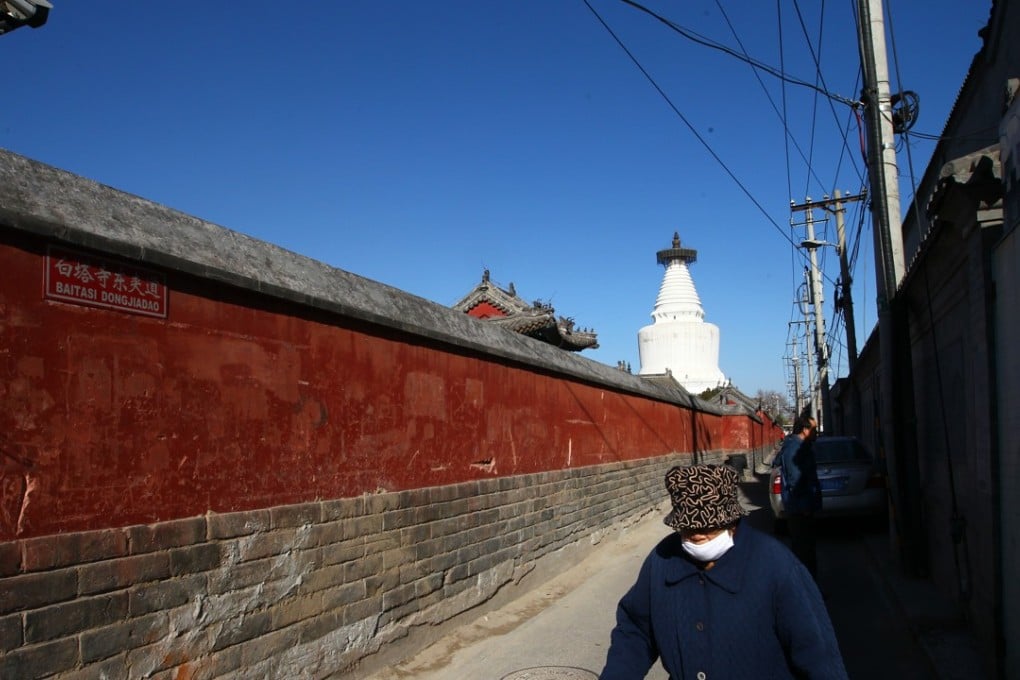China’s cultural debt to a Nepalese artist in the 13th-century court of Kublai Khan
Forgotten Arniko’s profound contribution to Chinese art and architecture can still be witnessed today

The neighbourhood of Fuchengmen, just west of central Beijing, no longer bears any resemblance to Kublai Khan’s majestic Yuan dynasty capital of Dadu. Even the most striking symbol of the great emperor’s 13th-century supremacy is now dwarfed by Beijing’s countless high-rise office towers and apartment blocks.
Nevertheless, Miaoying Temple retains historic grandeur and landmark status, largely thanks to its dominant, sun-reflecting, 50.9-metre-tall Buddhist stupa, known in the area as the White Dagoba. Unlike the home-grown pagodas and pavilions of the Forbidden City and the Summer Palace, however, the gargantuan stupa – which has a diameter of more than 30 metres at its base – is, according to historians, a cultural import.
The iconic structure is not Chinese in its design at all – it’s Nepalese.
Strikingly similar to architecture found 3,000km away, in Nepal’s capital, Kathmandu, the White Dagoba was the creation of one especially accomplished, adventurous and ambitious young man who not only designed and built the stupa in Dadu, but left a lasting influence on Chinese art and architecture for centuries to come.
While Chinese scholars know him as Anige, his name was Arniko, and he is revered as one of the greatest artists that Nepal has ever produced. “There might have been other Nepali artists who travelled to China before Arniko, but Arniko’s work has left a deeper impression,” says Satya Mohan Joshi, a Kathmandu-based expert in Nepali culture who has spent years researching the man and his work in China. “Arniko was Nepal’s first cultural ambassador to China.”

